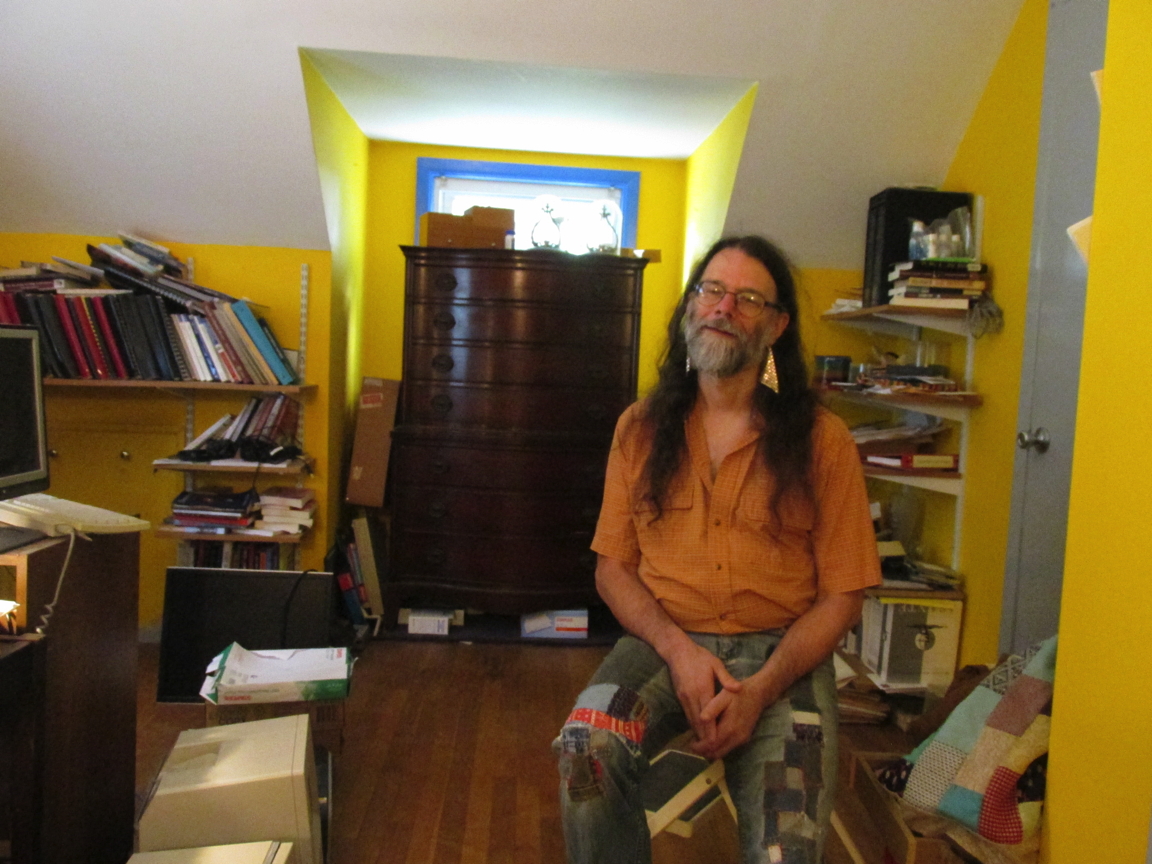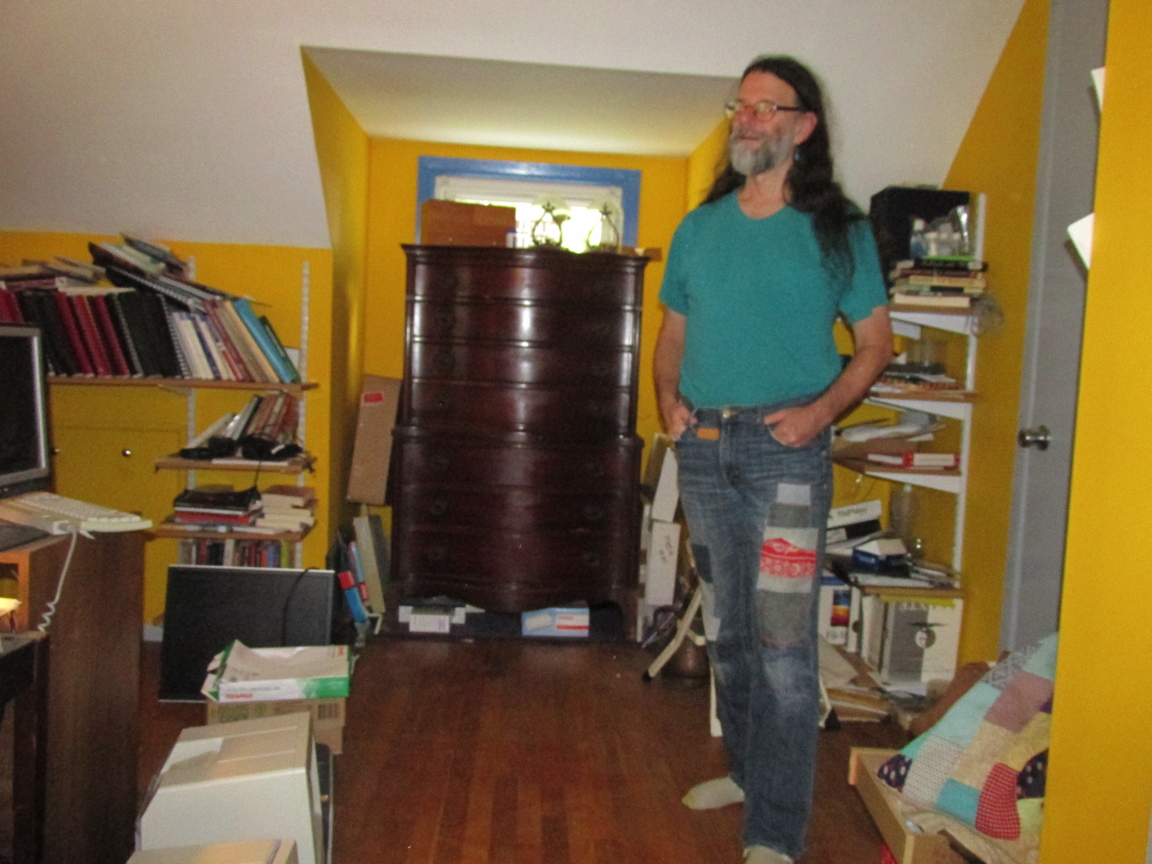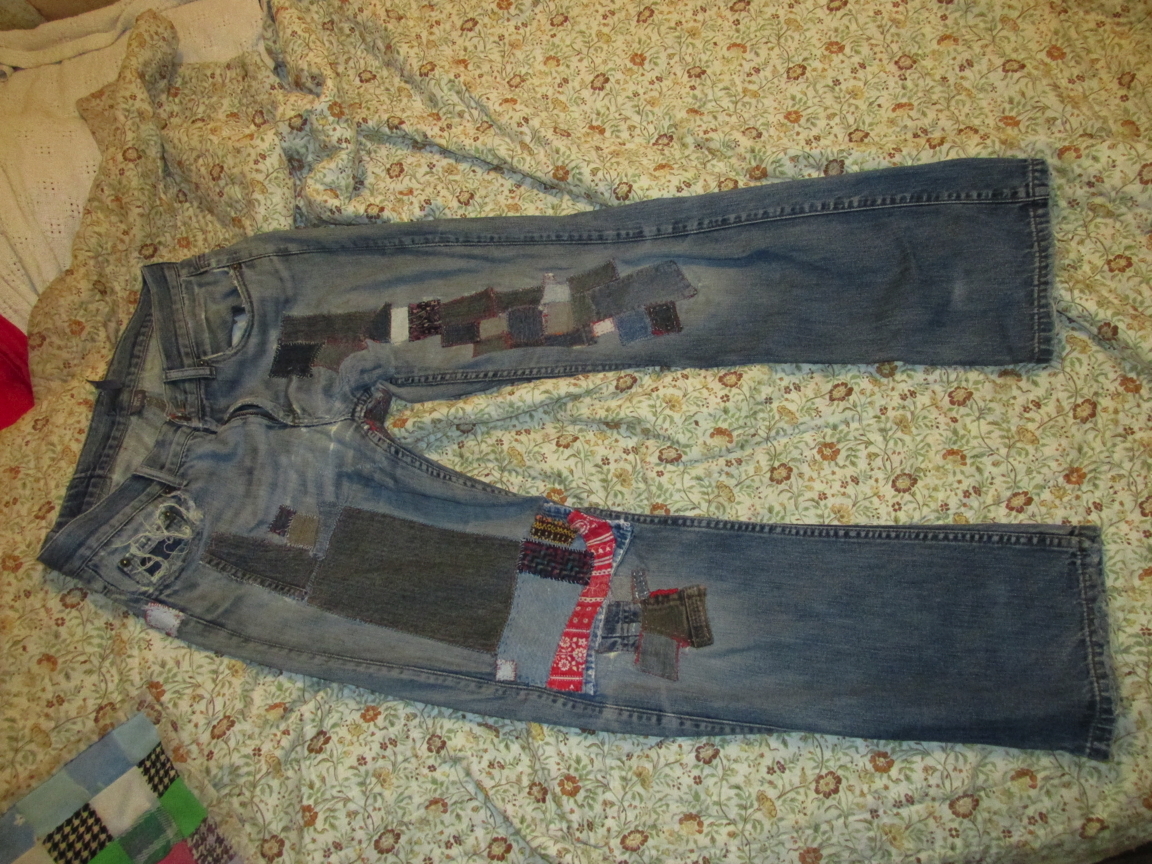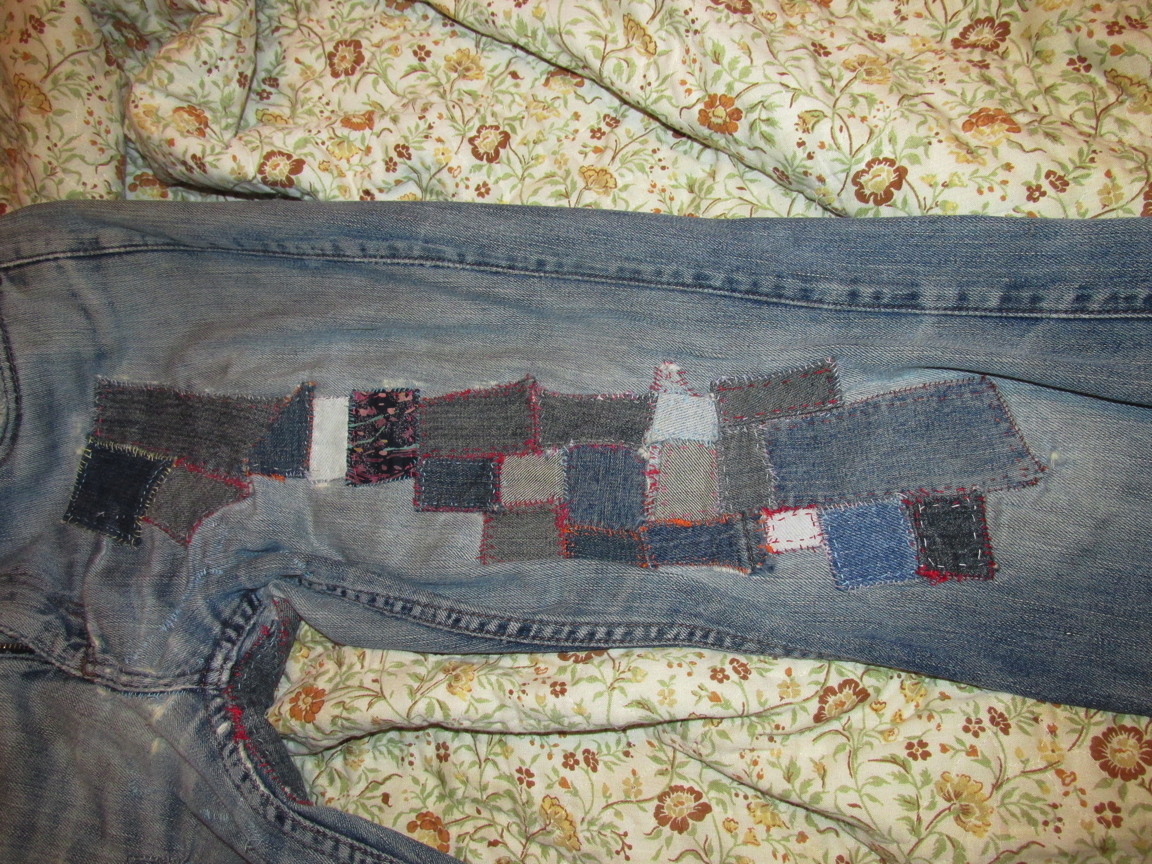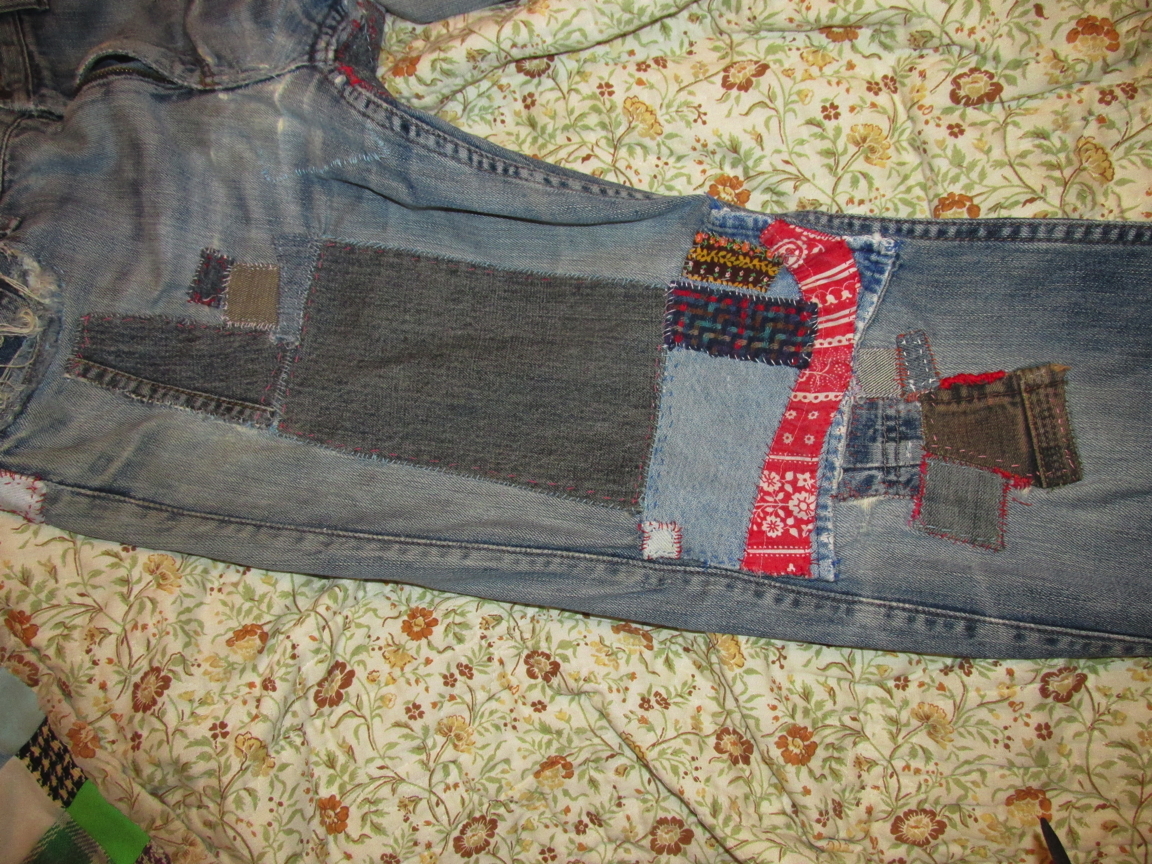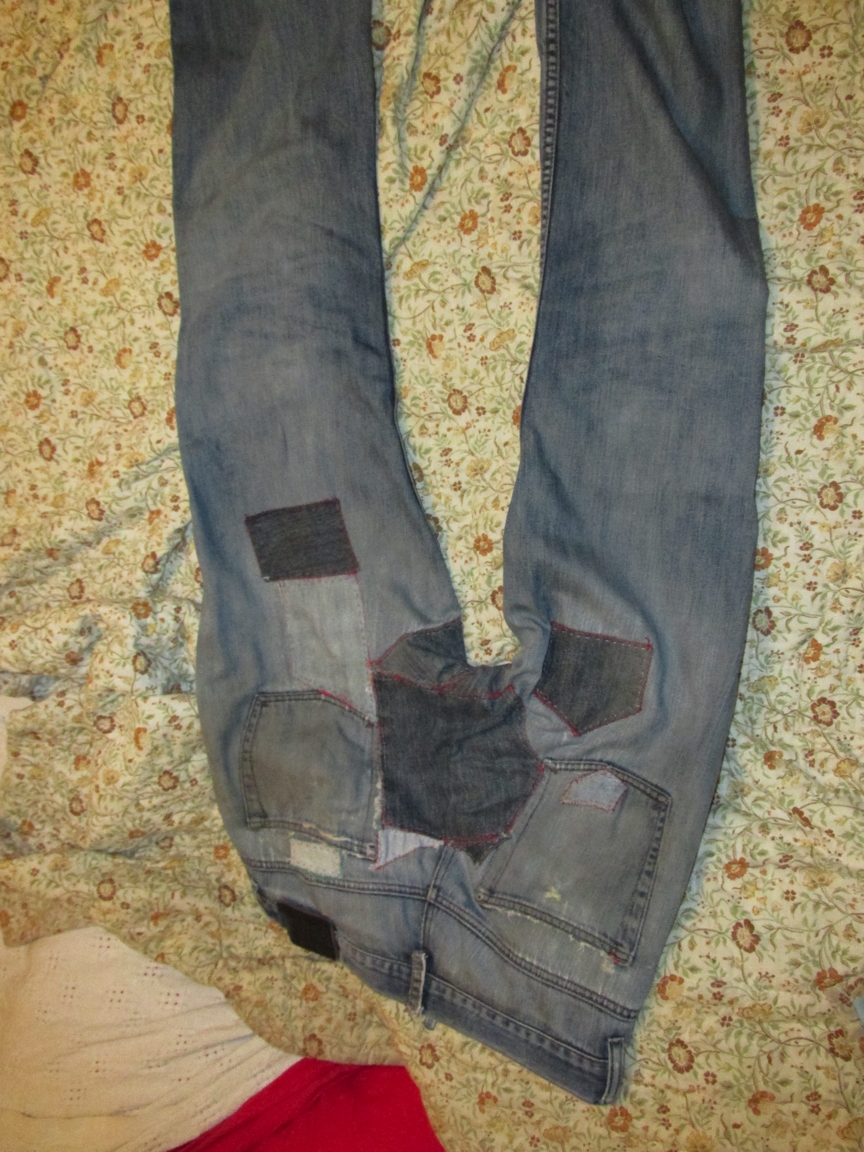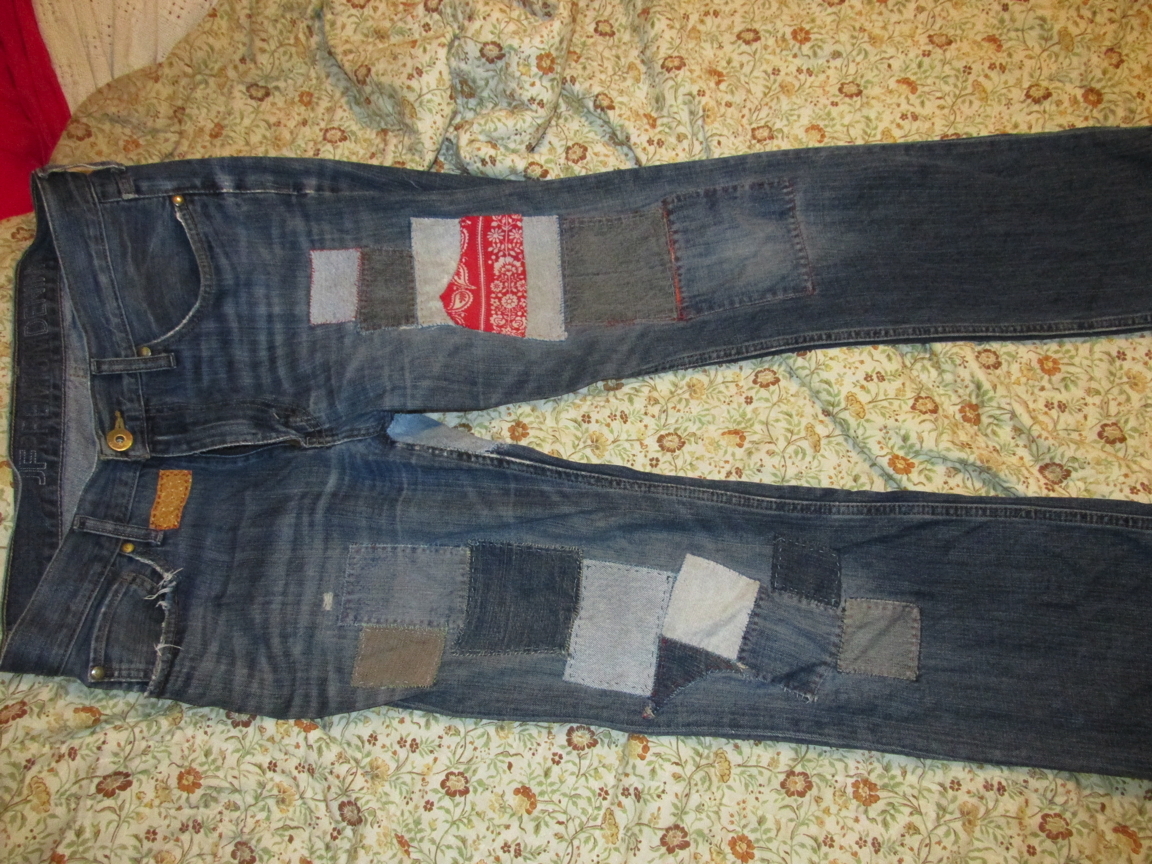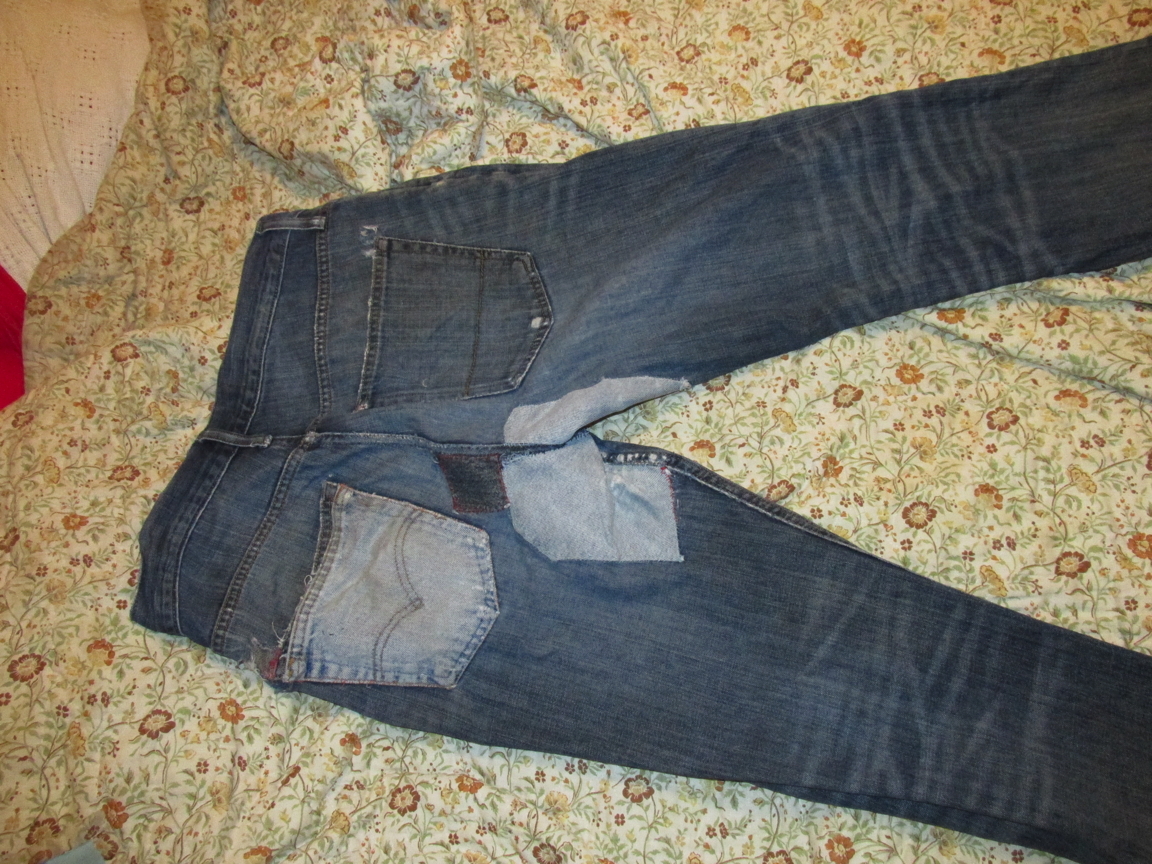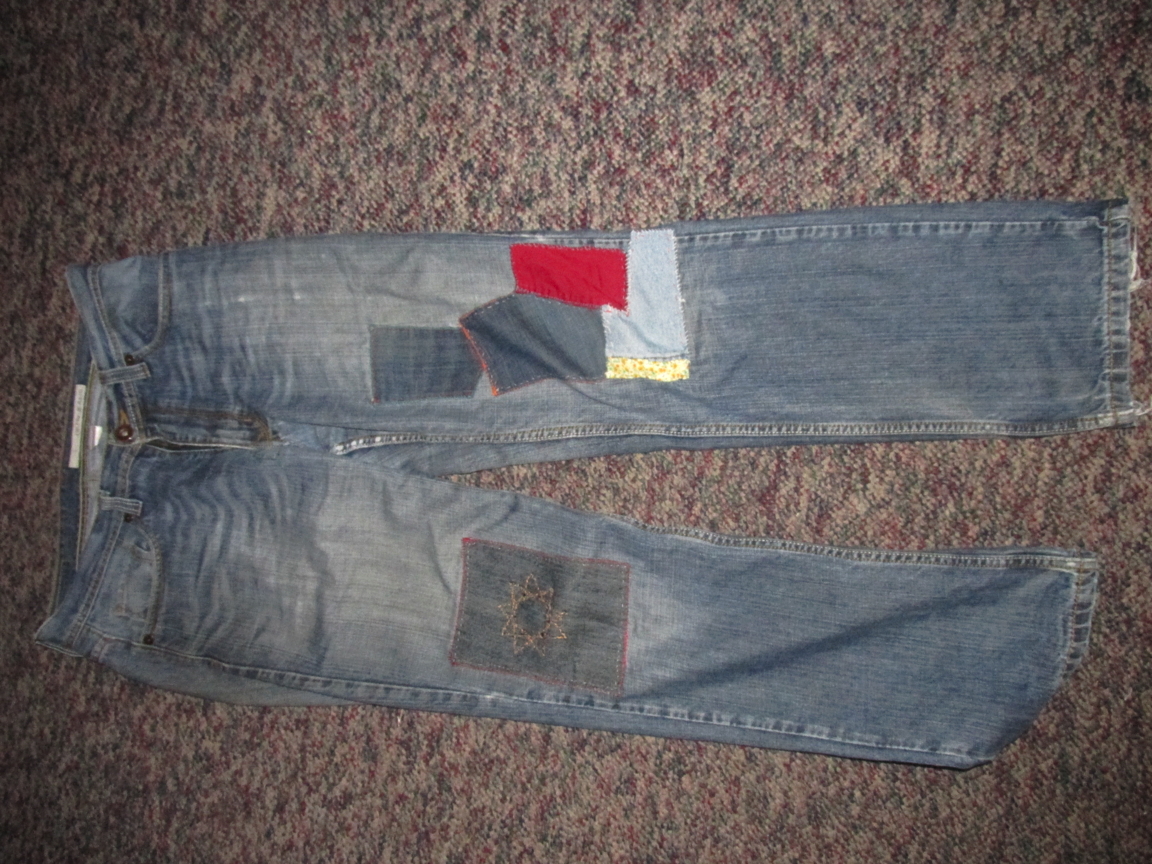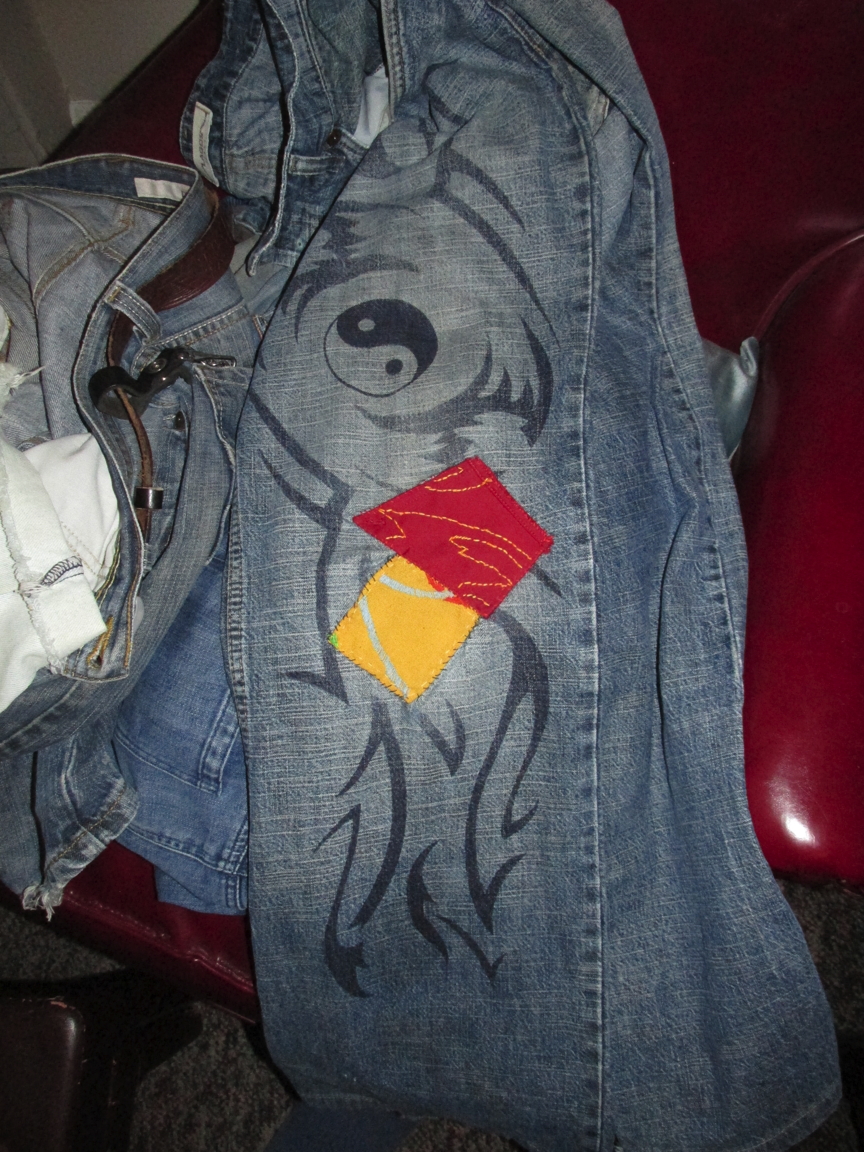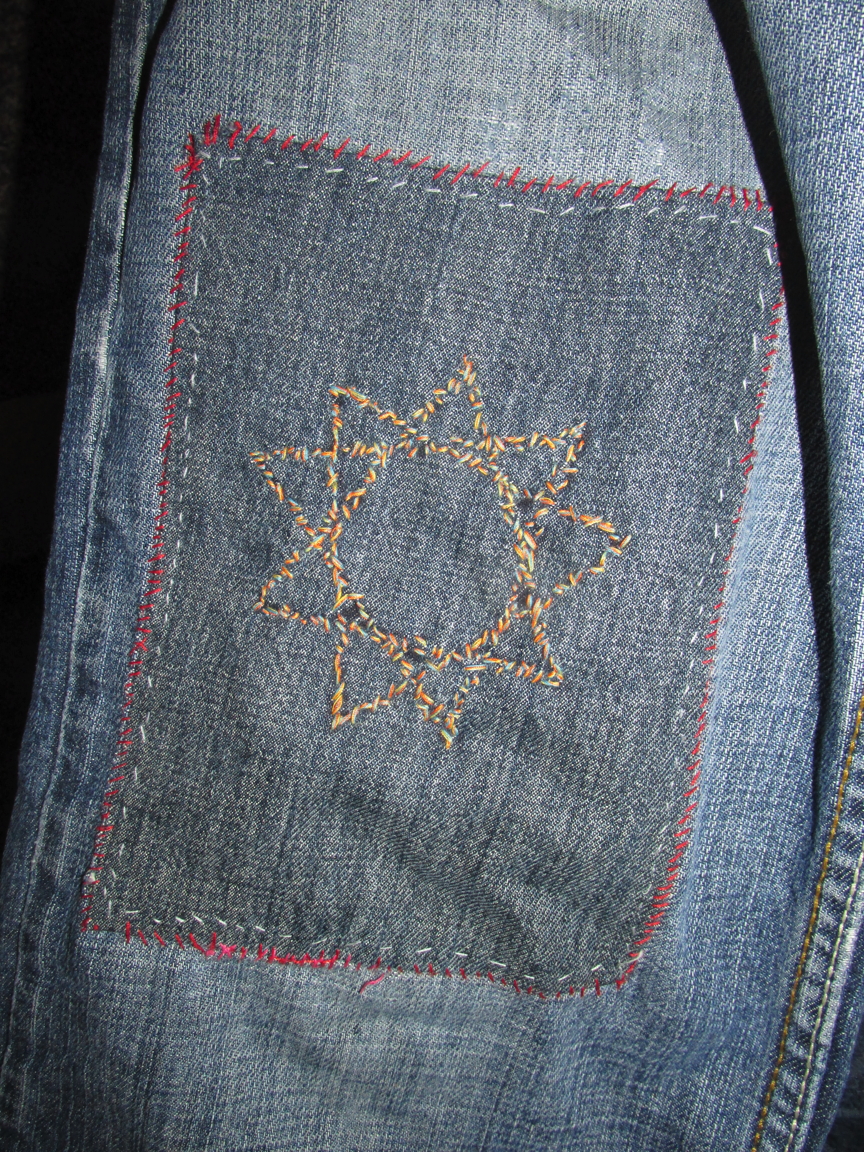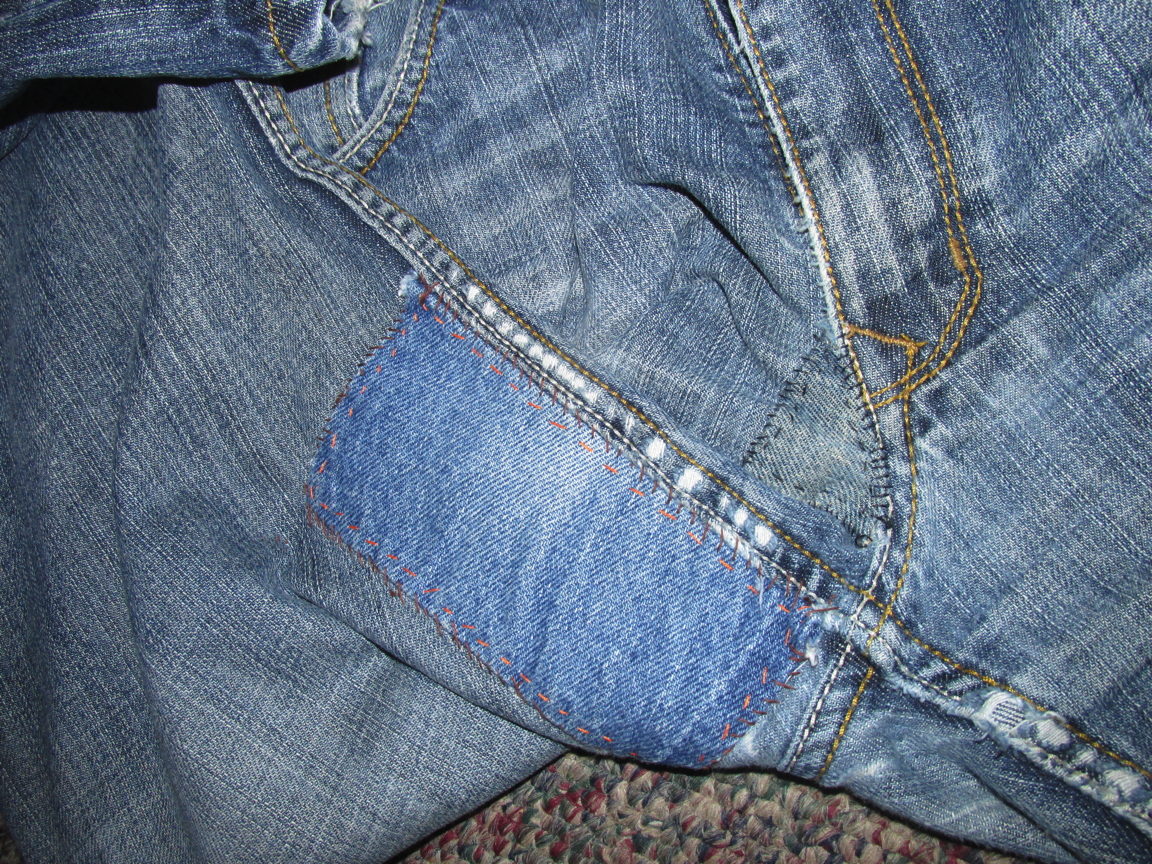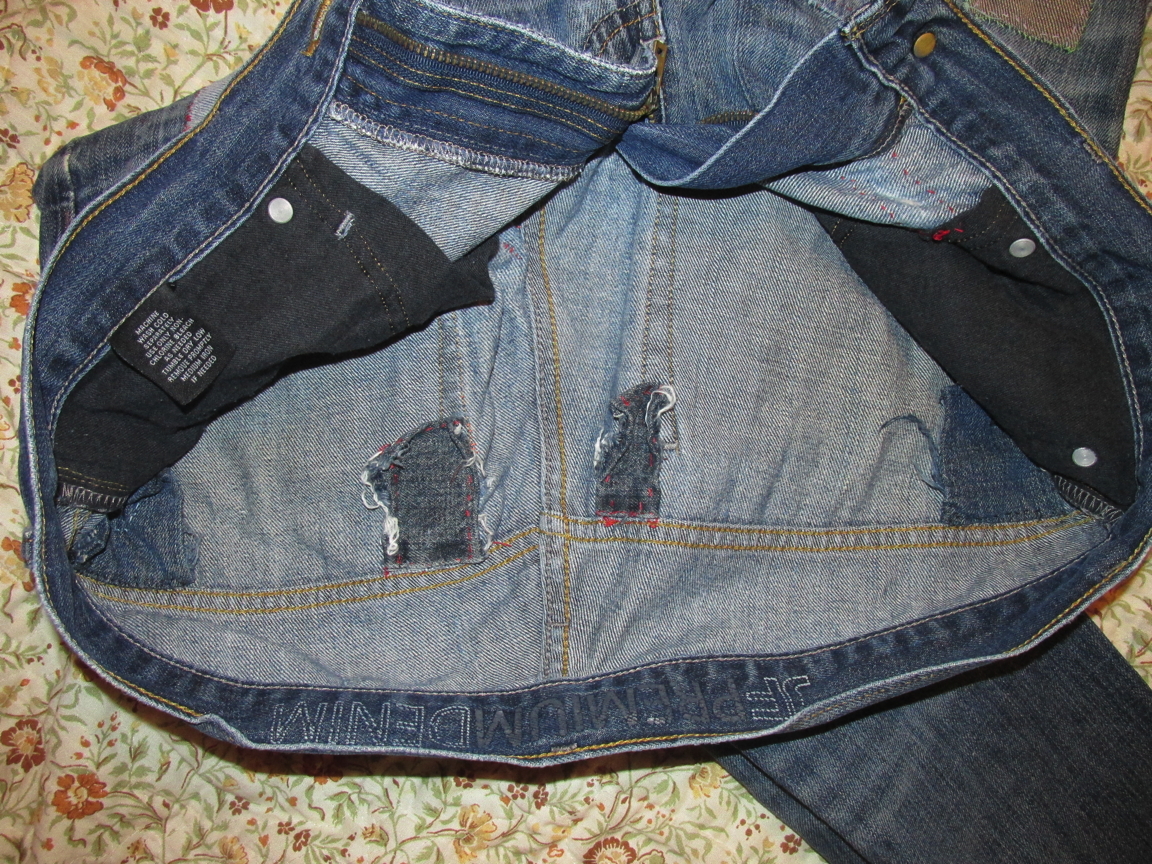Reflection in a Different Mirror
Jan. 24th, 2024 02:18 pmI go on Facebook and encounter an image of an (apparently) male person staring in the mirror, caption says this person is trying on his mom's clothes while she's out; reflection in the mirror shows an (apparently) female person in bra and briefs staring back; thought bubble says "Wow, I look BEAUTIFUL"; caption below says "... and then she knew who she really was".
I am one of those people who were born male -- by which I mean born with the physiological equipment that tends to lead obstetricians to assign newborn infants to the male category -- who then subsequently identify with the girls and women instead of the boys and men. There is a pervasive notion that the core of identifying that way, the reason for it, the important part, is all about being a sex object, a desirable beautiful person.
And I do mean pervasive. It's everywhere. You can find this notion expressed by trans women and by trans exclusive women who mock them; you can encounter it among the socially aware who support transgender and other gender-variant people's rights and concerns but also from transphobes and social conservatives who are dismissive of us.
There's certainly some pushback, but not enough to keep me from wanting to push back against it myself. So maybe this is something you've heard several times, but maybe you need to anyway. This attitude is annoying AF and I get tired of encountering it.
* I first started thinking of myself as essentially one of the girls and only technically one of the boys when I was about eight. Third grade. There were a lot of things about being a girl that just seemed right, and superior. Being pretty wasn't an important item on that list. I'm not sure it was ever on the list at all.
* When I came out in 1980, at the age of 21, I began trying to explain that who I was inside (and who I had been for years, inside) made it appropriate to think of me the way you think of girls and women, and that I didn't aspire to be a man or have any interest in being measured by the standards associated with them, but that, outside, I was male. The male part wasn't wrong, just the man part. I never had any interest or intention of passing as a female person -- beautiful and sexy or otherwise.
* I'm not saying I never had any interest in being found sexually attractive and desirable. As a teenager and young adult, I developed a dislike for the asymmetrical situation, where the girls were being hit on and pressured and cajoled and sought after for sex, and where the boys were expected to do that hitting ond pressuring and, if they didn't, were assumed to have no such interests. You know the drill: sex as something where the female people are the commodity and the male people are the market. I didn't want to play at that table. I wanted reciprocity. I wanted to be desired in the same way that I desired, and to be no more a sexual consumer than the objects of my own desire were. So, sure, I ended up wanting those aspects of being human that are marked "female" in our society. But...
* In my particular case, the people for whom I felt sexual attraction were, in fact, female people. That meant I could not get this reciprocal and egalitarian sexual experience as easily as folks with same-sex attraction. It also meant that, although I did want to be sexually desired, the notion of literally being a sexy attractive female person myself didn't have as much appeal to me as it might have for someone who found male-bodied folks sexually interesting.
In a world where women in general are often treated like the only important thing, the only thing that matters if you're female, is to be sexually desirable to men, it should not surprise any of us that the attitude towards someone born male who says they identify as one of the women is to reduce that identification to an identification with being the sex object. And to map it directly onto the sexualized idealized female form with its idealized shapes and curves and associated apparel.
Not that there's anything wrong with wanting that, if that's what you want, but the people for whom that is true are not the only show in town. And, in the social climate where this is the pervasive default assumption about all of us born male who identify with the women and girls, you have some responsibility to avoid perpetuating that this is what it's all about.
—————
My first book, GenderQueer: A Story From a Different Closet, is published by Sunstone Press. It is available on Amazon and Barnes & Noble in paperback, hardback, and ebook, and as ebook only from Apple, Kobo, and directly from Sunstone Press themselves.
My second book, That Guy in Our Women's Studies Class, has also now been published by Sunstone Press. It's a sequel to GenderQueer. It is available on Amazon and on Barnes & Noble in paperback and ebook, and as ebook only from Apple, Kobo, and directly from Sunstone Press themselves.
I have started querying my third book, Within the Box, and I'm still seeking advance readers for reviews and feedback. It is set in a psychiatric/rehab facility and is focused on self-determination and identity. Chronologically, it fits between the events in GenderQueer and those described in Guy in Women's Studies; unlike the other two, it is narrowly focused on events in a one-month timeframe and is more of a suspense thriller, although like the other two is also a nonfiction memoir. Contact me if you're interested.
Links to published reviews and comments are listed on my Home Page, for both published books.
———————
This DreamWidth blog is echoed on LiveJournal and WordPress. Please friend/link me from any of those environments on which you have an account.
————————
Index of all Blog Posts
I am one of those people who were born male -- by which I mean born with the physiological equipment that tends to lead obstetricians to assign newborn infants to the male category -- who then subsequently identify with the girls and women instead of the boys and men. There is a pervasive notion that the core of identifying that way, the reason for it, the important part, is all about being a sex object, a desirable beautiful person.
And I do mean pervasive. It's everywhere. You can find this notion expressed by trans women and by trans exclusive women who mock them; you can encounter it among the socially aware who support transgender and other gender-variant people's rights and concerns but also from transphobes and social conservatives who are dismissive of us.
There's certainly some pushback, but not enough to keep me from wanting to push back against it myself. So maybe this is something you've heard several times, but maybe you need to anyway. This attitude is annoying AF and I get tired of encountering it.
* I first started thinking of myself as essentially one of the girls and only technically one of the boys when I was about eight. Third grade. There were a lot of things about being a girl that just seemed right, and superior. Being pretty wasn't an important item on that list. I'm not sure it was ever on the list at all.
* When I came out in 1980, at the age of 21, I began trying to explain that who I was inside (and who I had been for years, inside) made it appropriate to think of me the way you think of girls and women, and that I didn't aspire to be a man or have any interest in being measured by the standards associated with them, but that, outside, I was male. The male part wasn't wrong, just the man part. I never had any interest or intention of passing as a female person -- beautiful and sexy or otherwise.
* I'm not saying I never had any interest in being found sexually attractive and desirable. As a teenager and young adult, I developed a dislike for the asymmetrical situation, where the girls were being hit on and pressured and cajoled and sought after for sex, and where the boys were expected to do that hitting ond pressuring and, if they didn't, were assumed to have no such interests. You know the drill: sex as something where the female people are the commodity and the male people are the market. I didn't want to play at that table. I wanted reciprocity. I wanted to be desired in the same way that I desired, and to be no more a sexual consumer than the objects of my own desire were. So, sure, I ended up wanting those aspects of being human that are marked "female" in our society. But...
* In my particular case, the people for whom I felt sexual attraction were, in fact, female people. That meant I could not get this reciprocal and egalitarian sexual experience as easily as folks with same-sex attraction. It also meant that, although I did want to be sexually desired, the notion of literally being a sexy attractive female person myself didn't have as much appeal to me as it might have for someone who found male-bodied folks sexually interesting.
In a world where women in general are often treated like the only important thing, the only thing that matters if you're female, is to be sexually desirable to men, it should not surprise any of us that the attitude towards someone born male who says they identify as one of the women is to reduce that identification to an identification with being the sex object. And to map it directly onto the sexualized idealized female form with its idealized shapes and curves and associated apparel.
Not that there's anything wrong with wanting that, if that's what you want, but the people for whom that is true are not the only show in town. And, in the social climate where this is the pervasive default assumption about all of us born male who identify with the women and girls, you have some responsibility to avoid perpetuating that this is what it's all about.
—————
My first book, GenderQueer: A Story From a Different Closet, is published by Sunstone Press. It is available on Amazon and Barnes & Noble in paperback, hardback, and ebook, and as ebook only from Apple, Kobo, and directly from Sunstone Press themselves.
My second book, That Guy in Our Women's Studies Class, has also now been published by Sunstone Press. It's a sequel to GenderQueer. It is available on Amazon and on Barnes & Noble in paperback and ebook, and as ebook only from Apple, Kobo, and directly from Sunstone Press themselves.
I have started querying my third book, Within the Box, and I'm still seeking advance readers for reviews and feedback. It is set in a psychiatric/rehab facility and is focused on self-determination and identity. Chronologically, it fits between the events in GenderQueer and those described in Guy in Women's Studies; unlike the other two, it is narrowly focused on events in a one-month timeframe and is more of a suspense thriller, although like the other two is also a nonfiction memoir. Contact me if you're interested.
Links to published reviews and comments are listed on my Home Page, for both published books.
———————
This DreamWidth blog is echoed on LiveJournal and WordPress. Please friend/link me from any of those environments on which you have an account.
————————
Index of all Blog Posts
